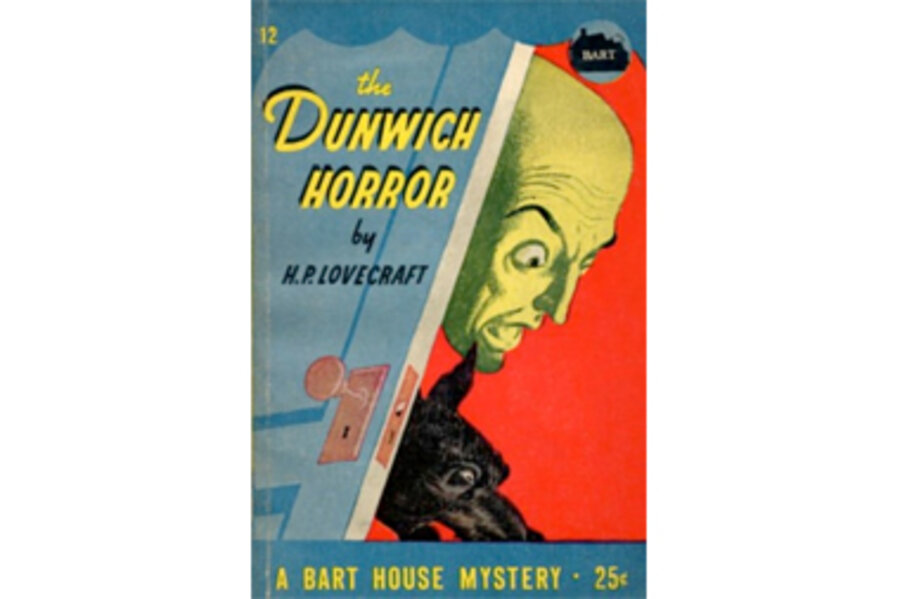This is one of Lovecraft’s classic tales. Dunwich is a dreary, decrepit (fictional) village in north-central Massachusetts. A partial reason for the sorry state of Dunwich is the Whateley family, Old ‘Wizard’ Whatley and his homely albino daughter Lavinia, who are often seen going up to Sentinel Hill to perform dark rites. Lavinia gives birth to a son, a hideous-looking creature named Wilbur. The identity of Wilbur’s father is a mystery. The climax of the story is spine-tingling as Dr. Henry Armitage and two fellow professors from Miskatonic University, armed with weapons and spells, set off to defeat the true Dunwich Horror that terrorizes the countryside.
 Mark Sappenfield
Mark Sappenfield
Dear Reader,
About a year ago, I happened upon this statement about the Monitor in the Harvard Business Review – under the charming heading of “do things that don’t interest you”:
“Many things that end up” being meaningful, writes social scientist Joseph Grenny, “have come from conference workshops, articles, or online videos that began as a chore and ended with an insight. My work in Kenya, for example, was heavily influenced by a Christian Science Monitor article I had forced myself to read 10 years earlier. Sometimes, we call things ‘boring’ simply because they lie outside the box we are currently in.”
If you were to come up with a punchline to a joke about the Monitor, that would probably be it. We’re seen as being global, fair, insightful, and perhaps a bit too earnest. We’re the bran muffin of journalism.
But you know what? We change lives. And I’m going to argue that we change lives precisely because we force open that too-small box that most human beings think they live in.
The Monitor is a peculiar little publication that’s hard for the world to figure out. We’re run by a church, but we’re not only for church members and we’re not about converting people. We’re known as being fair even as the world becomes as polarized as at any time since the newspaper’s founding in 1908.
We have a mission beyond circulation, we want to bridge divides. We’re about kicking down the door of thought everywhere and saying, “You are bigger and more capable than you realize. And we can prove it.”
If you’re looking for bran muffin journalism, you can subscribe to the Monitor for $15. You’ll get the Monitor Weekly magazine, the Monitor Daily email, and unlimited access to CSMonitor.com.






